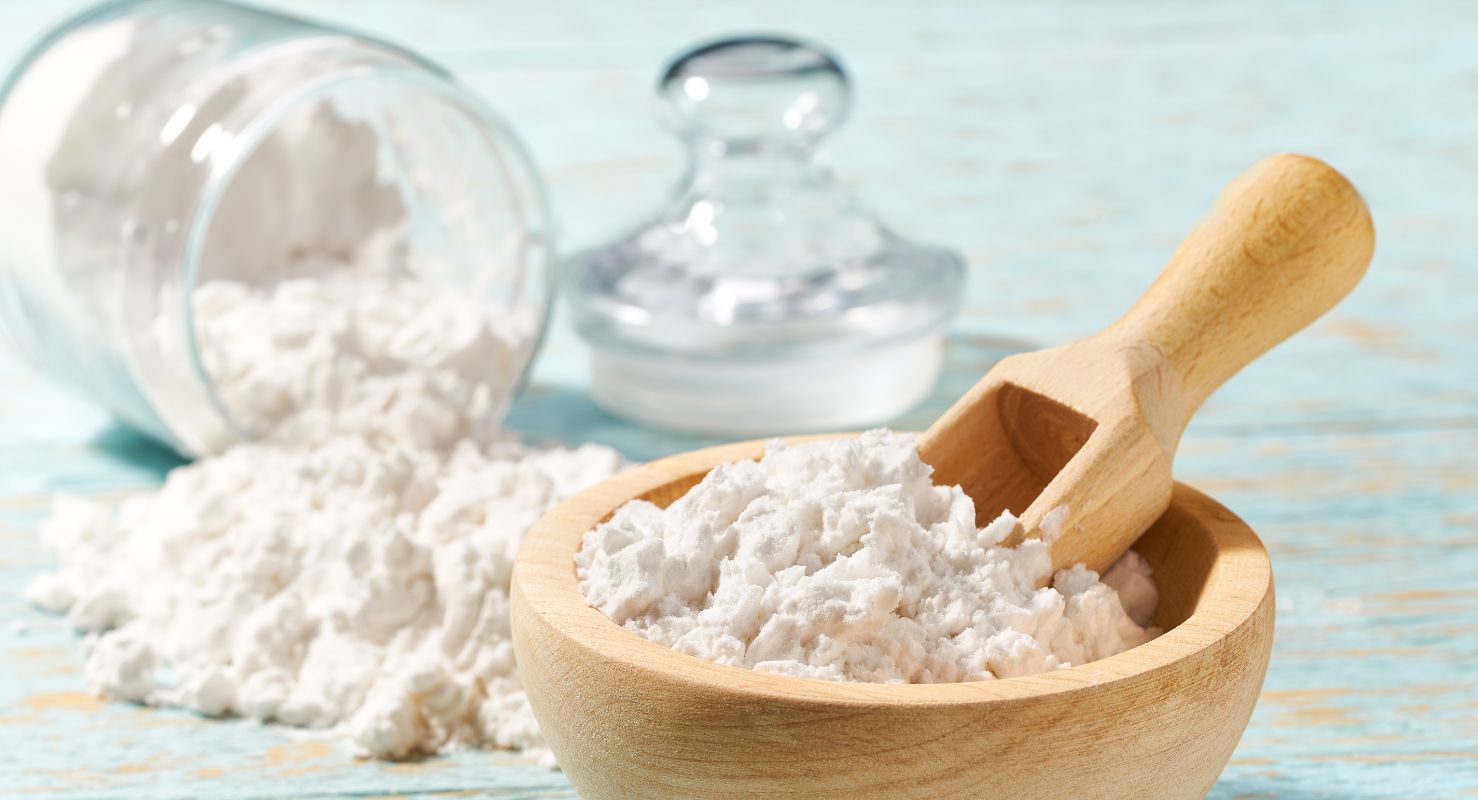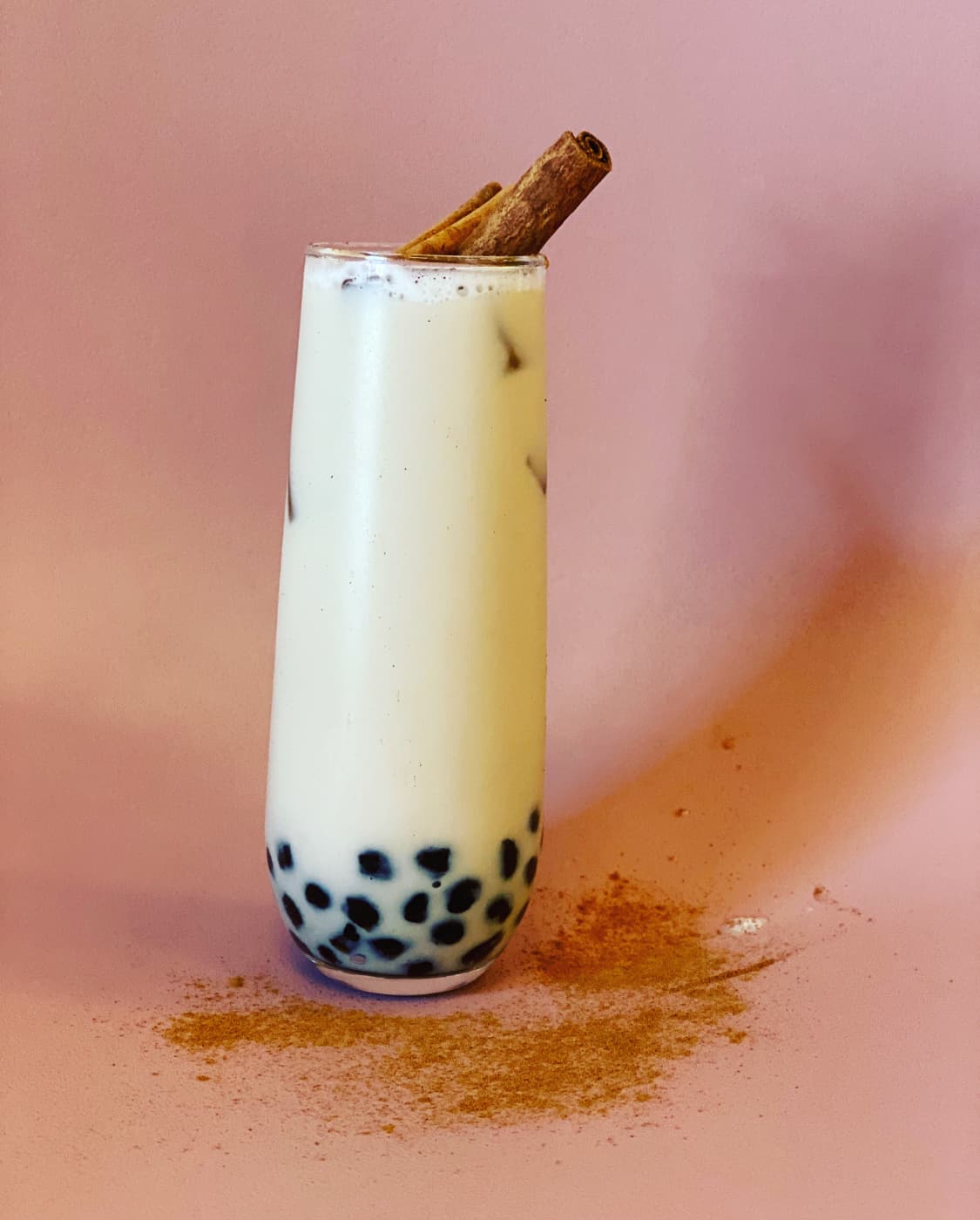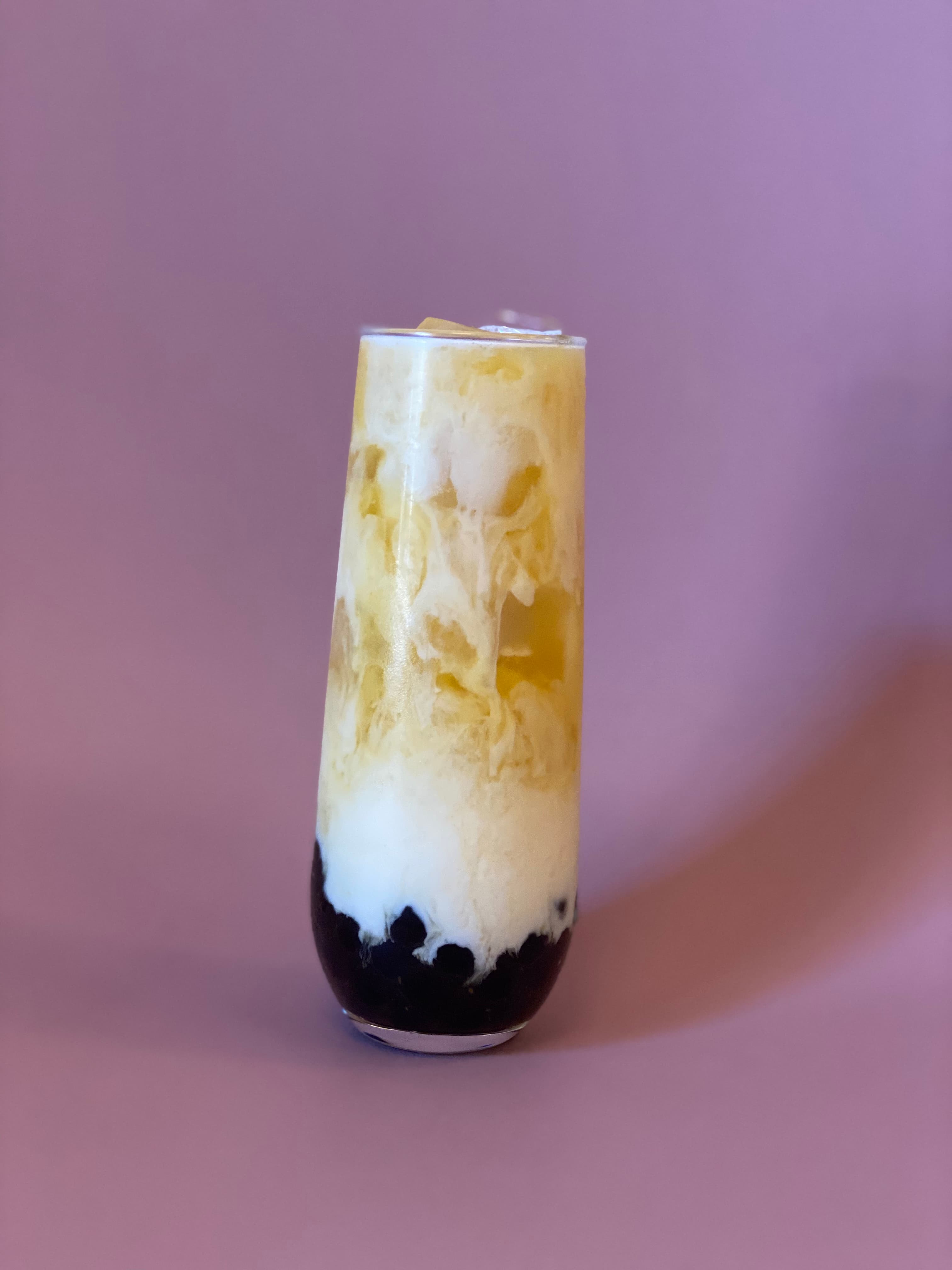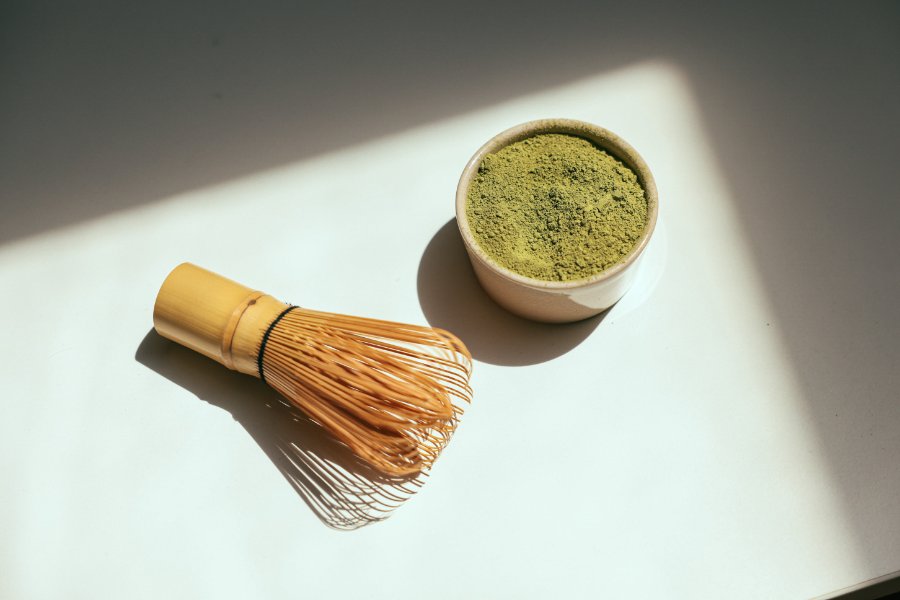
23 October, 2020 | Bon Tea Cafe Updated 2021
Tapioca Starch vs Flour: Is there a difference?
Tapioca flour gains momentum as a "go-to" gluten-free flour. However, people who want to experience gluten-free baking usually find it hard to differentiate tapioca products in the market. The situation gets even more confusing when other similar ingredients such as cornstarch and cassava flour are involved in the discussion. Hence, in this guide, we will answer the question if there is any difference between tapioca starch and flour. Besides, we will also discuss the differences between other similar products.
Tapioca Starch and Flour: Are They Different?
In general, there is not much difference because starch and flour are the same product. The name on packaging mostly changes depending on the producer. Brands in the United States usually name the product 'tapioca flour,' while Asian manufacturers use 'tapioca starch' to identify their offerings. Also, it entirely depends on the author to decide which term to use in cookbooks and recipes. However, both products can be used in gluten-free recipes interchangeably with peace in mind.
What is Tapioca Flour Made from?
Tapioca flour is made from cassava roots. Cassava is similar to potatoes because it is a starchy root vegetable. Native to South America, it was introduced to Africa by Portuguese traders. Later, it became popular in Asia, particularly in Thailand, Vietnam, and Indonesia. As it is a significant source of calories and carbs, it is not a coincidence that this plant is also called "the bread of tropics." Cassava is currently a food staple in different parts of the world. It is consumed whole, grated, or in the form of flour. However, one should not eat cassava roots raw because it can be poisonous. When cooked, it can be used to substitute flour with a nut-free, gluten-free, and grain-free powder.
The Difference between Cassava Flour and Tapioca Flour or Starch
One thing should be kept in mind that cassava flour and tapioca flour is not the same thing. There exist many differences, and they will not be perfect substitutes. Tapioca flour is made only from the starchy part of the cassava root. Meanwhile, manufacturers produce cassava flour from the whole root.
In more detail, to get tapioca flour, producers first extract the starch from the root plant. They accomplish this process by washing and pulping. When they squeeze the wet pulp, they get a starchy liquid. Next, they let the mixture rest, and once the water is evaporated, there remains tapioca flour or starch.
The process of producing cassava flour is different. Manufacturers use the whole root, not only the starchy part. They peel the root, let it dry, and ground when completely dried. As they do not waste any part of the root, the resulting flour has more fibers. Therefore, one can easily use it as a gluten-free substitute for wheat flour. However, tapioca flour cannot substitute wheat flour in all recipes. For example, if you want to make a tortilla, tapioca flour cannot be used. Instead, cassava flour with high fiber is best for such recipes. Besides, keep in mind that while raw consumption of cassava root is poisonous, cassava flour is not.
Uses of Tapioca Flour/Starch
With the gaining popularity of gluten-free baking, tapioca flour became a major part of many people's daily intake. Plus, boba tea beverages became popular, which involves pearls made from tapioca flour. This flour has no odor or taste, making it easy to use in various recipes. Whether you want to cook a sweet or savory dish, tapioca flour is a perfect ingredient. Tapioca flour or starch has a binding property so that it can substitute another binding agent- gluten. Baked goods with tapioca flour will be fluffy and light in texture.
Thicken the Liquids
If used in liquid-based foods- soups or puddings, tapioca starch acts as a thickening agent. This starch is even better than many other types of starches because it keeps consistency when frozen. After letting the soup or pudding thaw, it will still be creamy and thick. First, it is recommended to add the starch to the liquid and mix it well to get slurry flour. Later, you can add it to the dish to make it creamy and avoid clumping of the flour.
Baking with Tapioca Flour
Tapioca has a special place in baking, too. It can make the baking goods airy, fluffy, or crispy and chewy. Whether you want to make bread, cookies, brownie, breakfast waffles, or pie crust, tapioca flour will be a great ingredient to bind elements without gluten. However, it is essential to get the right amount. When used in high quantities, baked goods can have too much gummy or chewy texture. Hence, it is necessary to follow the recipes.
Bubble Tea
It is highly possible to see a bubble tea house nearby whether you live in the US, Europe, or Asia. Bubble tea has become a popular drink for many people. What makes this beverage even more fun and exciting is the added tapioca pearls. These pearls have a chewy texture, and they are made from tapioca flour. First, producers make tapioca dough by mixing flour and hot water. Next, they cut the dough and make small balls. By boiling these balls, they get the pearls. It is also possible to make these pearls at home for your favorite bubble tea drinks, such as classic milk tea or matcha bubble tea.
What can Substitute the Tapioca Flour?
While tapioca flour is a fantastic ingredient, it is not easy to find it. This flour is accessible in almost all stores in the United States and some parts of Asia, but it can be hard to find it in other parts of the world. However, there exist many substitutes for tapioca starch.
Cornstarch
One of the readily available substitutes for tapioca starch is cornstarch. People who want to use gluten-free ingredients can get cornstarch with no concern. The difference of cornstarch is that its thickening capability is much higher. Hence, when using cornstarch instead of tapioca flour, you need to decrease the necessary amount.
Cassava Flour
Previously, we have discussed what cassava flour is and how it is different from the tapioca flour. Though there are some differences, cassava flour can still be used instead of tapioca starch. Cassava flour is also gluten-free, but it has more fiber. As its thickening power is much higher, cassava flour can be used in more diverse recipes. Besides, cassava flour will bring a nutty flavor to the dish while tapioca starch is tasteless. Only after considering these differences and similarities it is recommended to use cassava flour as a substitute.
Wheat Flour
If the purpose is not to cook a gluten-free dish, wheat flour can be a substitute. It has a similar texture to tapioca flour. Hence, there is no need to change the amount used in the recipe. However, when mixed with liquid-based dishes, there can emerge varying features. When people use tapioca flour as a thickening agent in soups, the result is a glossy finish. However, all-purpose flour brings the gravy or soup more matte finish. Besides, wheat flour needs much longer cooking time. Additionally, arrowroot, rice flour, or potato starch can be substituted. Before using them, their differences, cooking time, amount, or taste differences should be researched.
Conclusion
In short, there is no difference between tapioca flour and tapioca starch. The name on packaging depends on the producers' choices, but the product is the same. Tapioca flour/starch is an excellent binding and thickening agent for multiple purposes- baking goods, cooking soups, or making bubble tea. If it is not possible to get tapioca flour from accessible stores, one can substitute the flour with different ingredients such as cassava flour, cornstarch, potato starch, etc.









